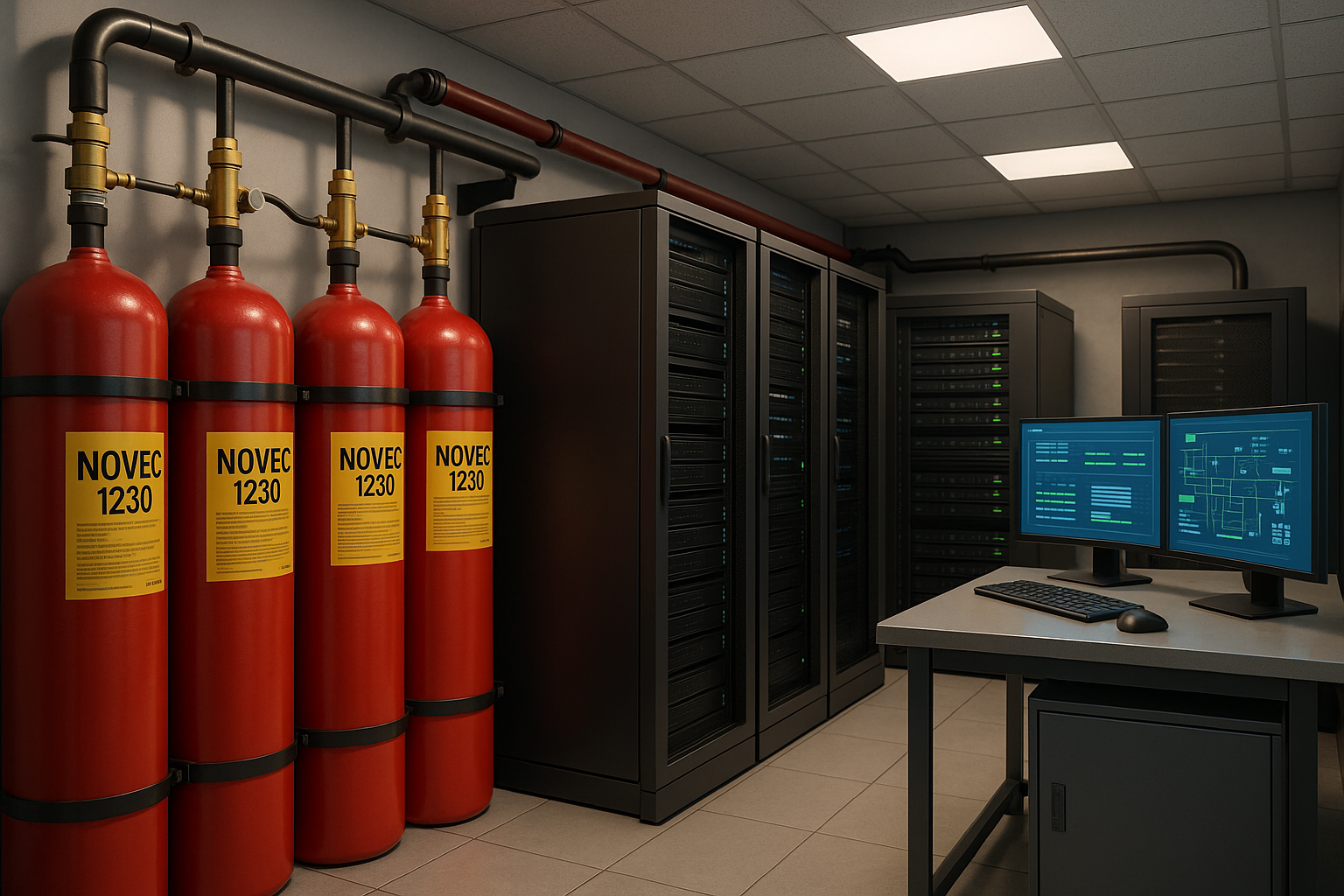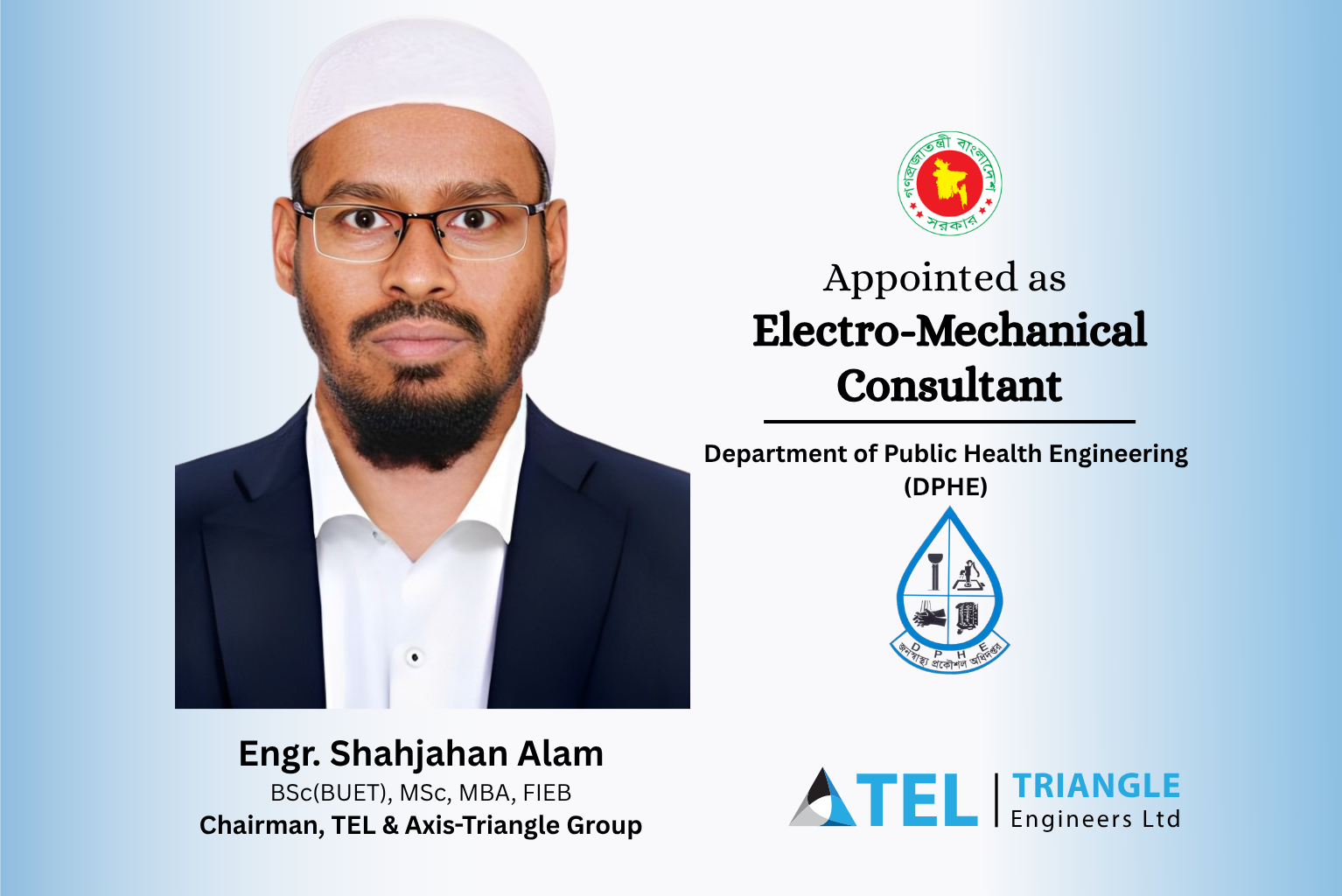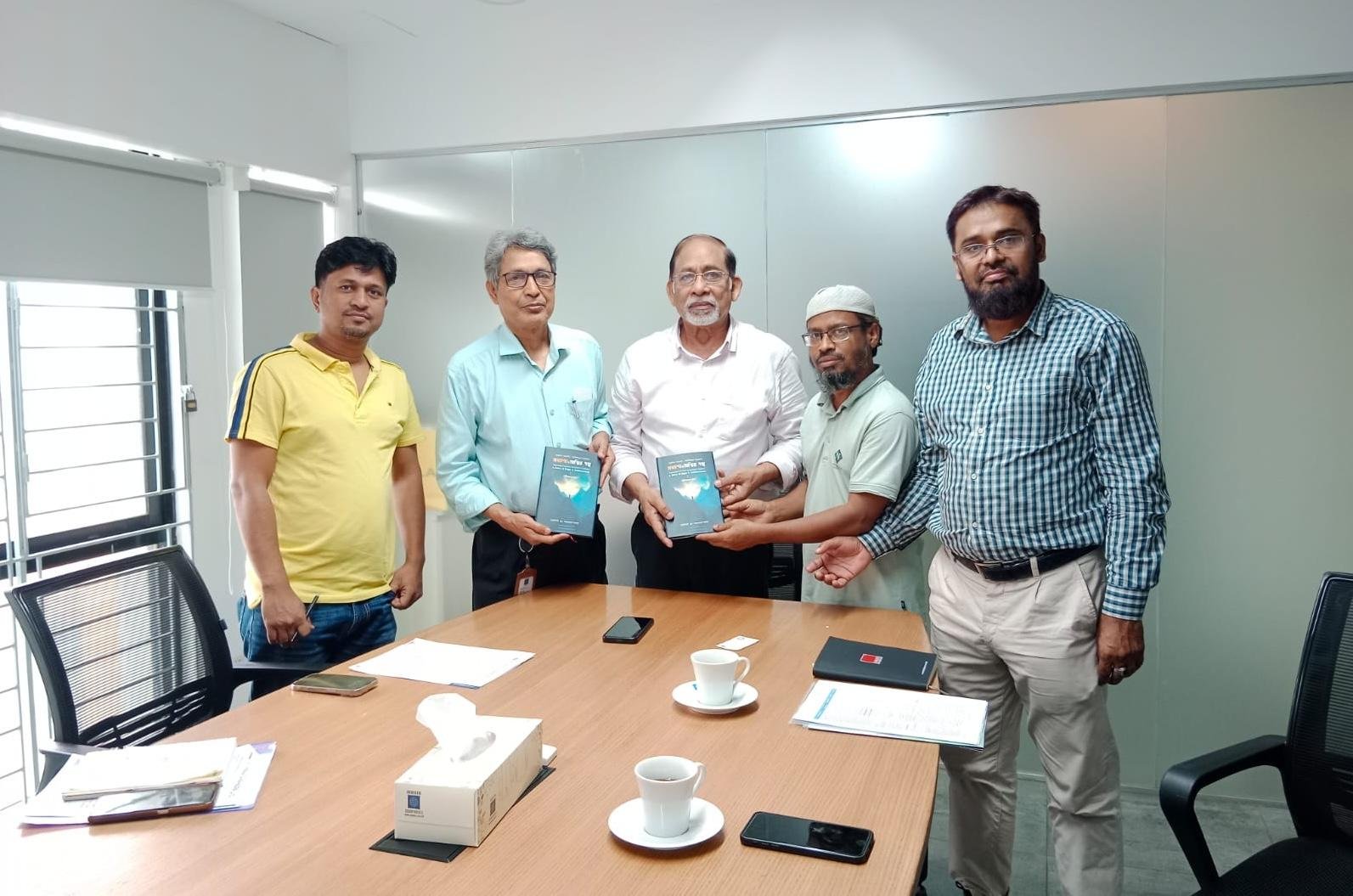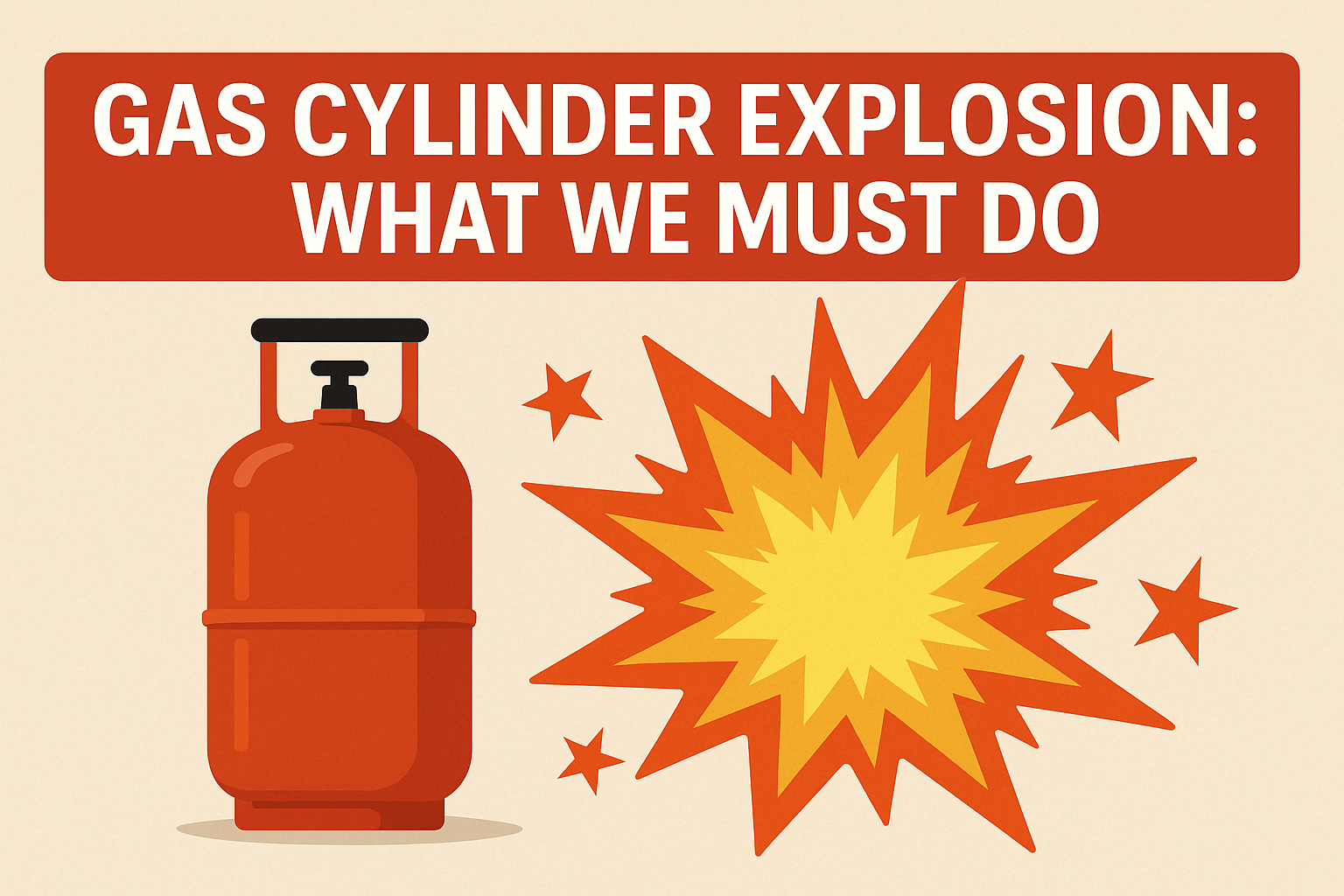18/05/2025
Choosing the Right Clean Agent for Fire Suppression: A Comparative Insight from MRT Line 5
In a recent study by our Chairman, Engr. Shahjahan Alam, a comprehensive comparison was conducted to determine the most suitable clean agent fire suppression system for elevated stations—specifically for the COMMS Room, TER Room, and Signal Equipment Room of MRT Line 5 (Northern Route).

As the world evolves, so do our infrastructure and safety needs. Nowhere is this more critical than in mass transit systems, where safety systems must protect not just structures, but also sensitive electronic equipment and, most importantly, human lives.
In a recent study by our Chairman, Engr. Shahjahan Alam, a comprehensive comparison was conducted to determine the most suitable clean agent fire suppression system for elevated stations—specifically for the COMMS Room, TER Room, and Signal Equipment Room of MRT Line 5 (Northern Route).
Why Clean Agents Are Critical in Transit Systems
Traditional sprinkler systems, while effective for protecting structural integrity, often damage sensitive electronics and archived data. Clean agents were introduced to address this very gap—suppressing fire without causing additional damage.
The earliest such agent, Halon, was highly effective but phased out due to its severe environmental impact. This led to the development of safer alternatives like:
- HFC-227ea (FM-200™)
- FK-5-1-12 (Novec™ 1230)
- Inert Gases (IG-100, IG-55, IG-541)
How Do These Agents Work?
- Chemical agents (FM-200™, Novec™ 1230): Suppress fire by absorbing heat.
- Inert gases (IG-100, etc.): Reduce oxygen concentration to stop combustion.
All are effective in extinguishing fires, but their suitability varies based on multiple factors.
Environmental Considerations
- FM-200™ (HFC-227ea) has a high global warming potential (GWP)—3,790 times that of CO₂—with a 29-year atmospheric lifetime.
- Novec™ 1230 (FK-5-1-12) is far more eco-friendly, with a GWP equal to CO₂ and an atmospheric lifetime of just 5 days.
- Inert gases like IG-100 are entirely natural, with zero GWP and zero atmospheric lifetime.
Operational & Cost Factors
|
| Inert gas systems require larger cylinder banks and more complex piping, increasing installation footprint and cost. FM-200™ is cost-effective but has a higher environmental impact. Novec™ 1230 offers a balanced trade-off—low environmental risk, compact design, and manageable costs. |
Final Recommendation
After evaluating all factors—environmental impact, occupant safety, installation feasibility, space usage, and long-term cost—Novec™ 1230 emerged as the optimal clean agent for the fire fighting systems in MRT Line 5's elevated station rooms. At Triangle Engineers Ltd., we are committed to adopting sustainable and safe engineering solutions. This study not only reinforces our commitment but also sets a benchmark in modern fire safety engineering for public transport systems.
Powered by engineers
News & Blog:


